BMW is on the verge of making the next generation of its flagship i8 sports car a fully electric model, according to sources at the firm.
Bosses are at a crucial decision-making stage with the next i8 and senior officials at the German car maker are now said to be favouring a pure-electric model.
The second-generation i8, tentatively slated for introduction by the end of 2023, was originally conceived as a high-powered four-wheel drive evolution of today’s petrol-electric hybrid. That type of set-up has been clearly indicated by BMW development boss Klaus Fröhlich on a number of occasions over the past year.
However, recent information out of BMW’s R&D headquarters in Munich, Germany, reveals the development of an alternative plan under which the next i8 would adopt a newly developed pure-electric drivetrain. The Current i8 combines a three-pot petrol with electric power move would be part of a “race to road strategy” that, Autocar has been told, aims to provide a “tangible link” between BMW’s involvement in Formula E and its i electric car division.
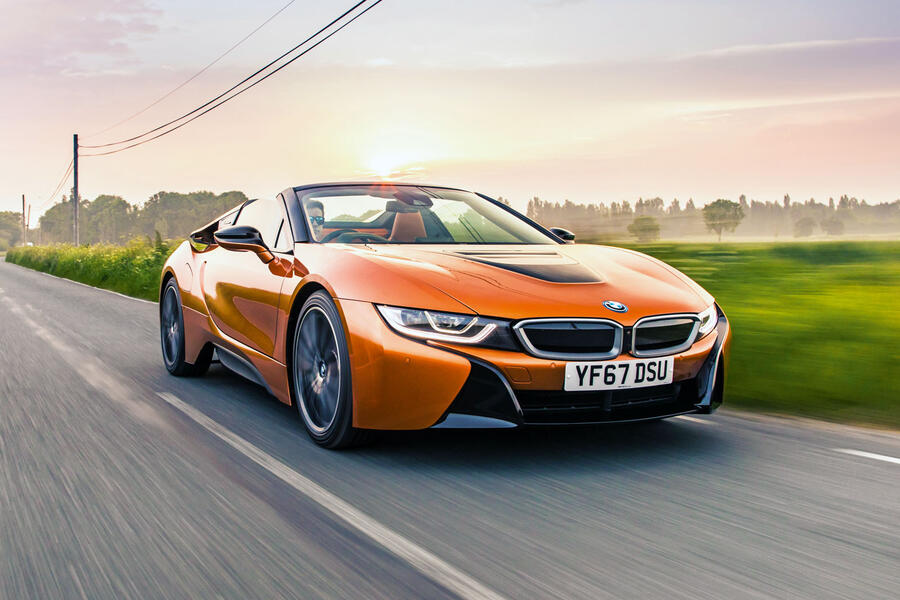
The alternative pure-electric plan developed for the i8 revolves around what one key Munich insider describes as a “new high-torque pure-electric driveline”. Its adoption could put the successor to today’s first-generation model into direct competition with a number of emerging limited-volume zero-emission supercars, including the Tesla Roadster and a planned pure-electric replacement for the existing Audi R8, while eclipsing rivals such as the planned plug-in hybrid Porsche 911.
Secrecy surrounds the new electric driveline and the amount of power it develops, although Autocar has been told it shares key elements with the four-wheel-drive system being developed for the production version of the BMW iNext, which is undergoing testing ahead of its planned launch in 2021.
Among its innovations is a new generation of electric motor. Developed in-house, it is claimed to achieve “significantly higher rotational speeds” than the existing synchronous units used in the hybrid system of today’s i8.
Prototype versions of the new electric motor, which is scheduled to be produced at BMW’s drivetrain plant in Munich, have already been tested in i8 mules, according to Munich-based engineering sources. They suggest the new motor has been conceived to provide future BMWs with the high-revving characteristics of the company’s combustion-engined cars.
The battery pack for the all-electric BMW sports car is expected to draw on lithium ion cell technology from Chinese battery specialist CATL. The two companies have already announced plans for battery manufacture at BMW’s Dingolfing plant in Germany from 2021 in readiness for the introduction of the iNext.

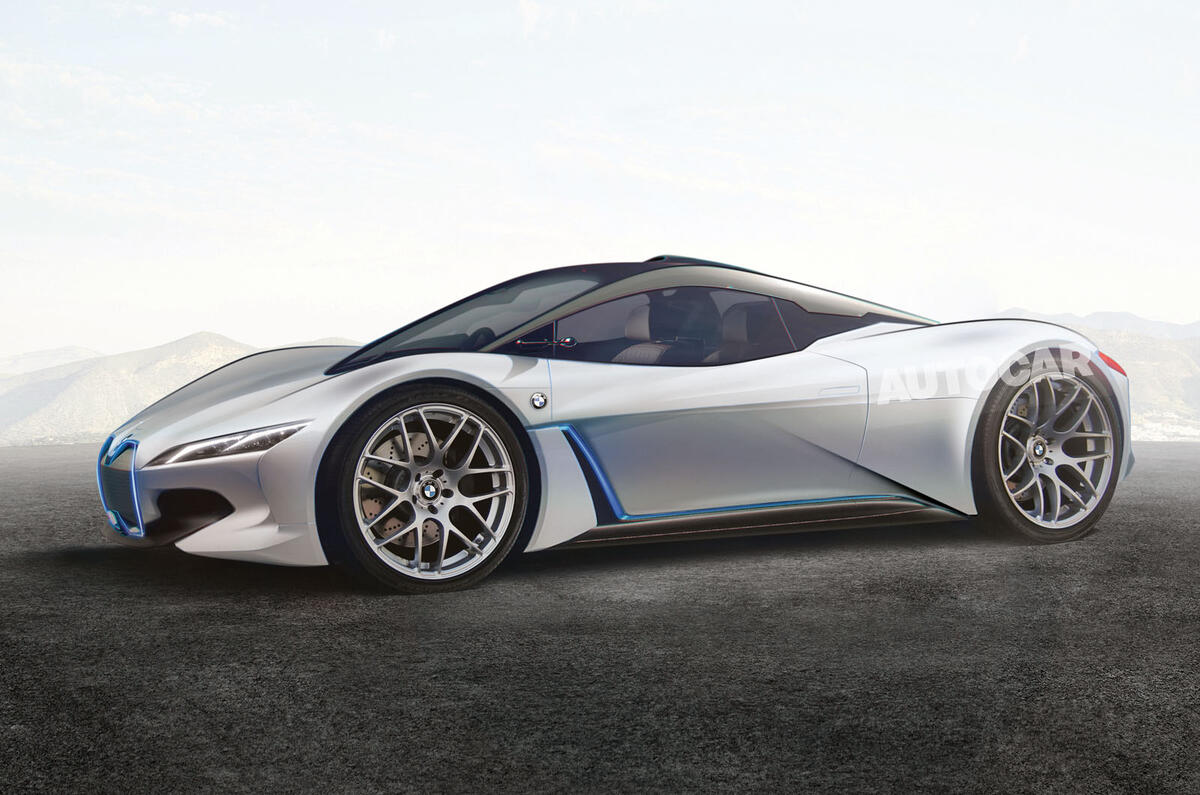
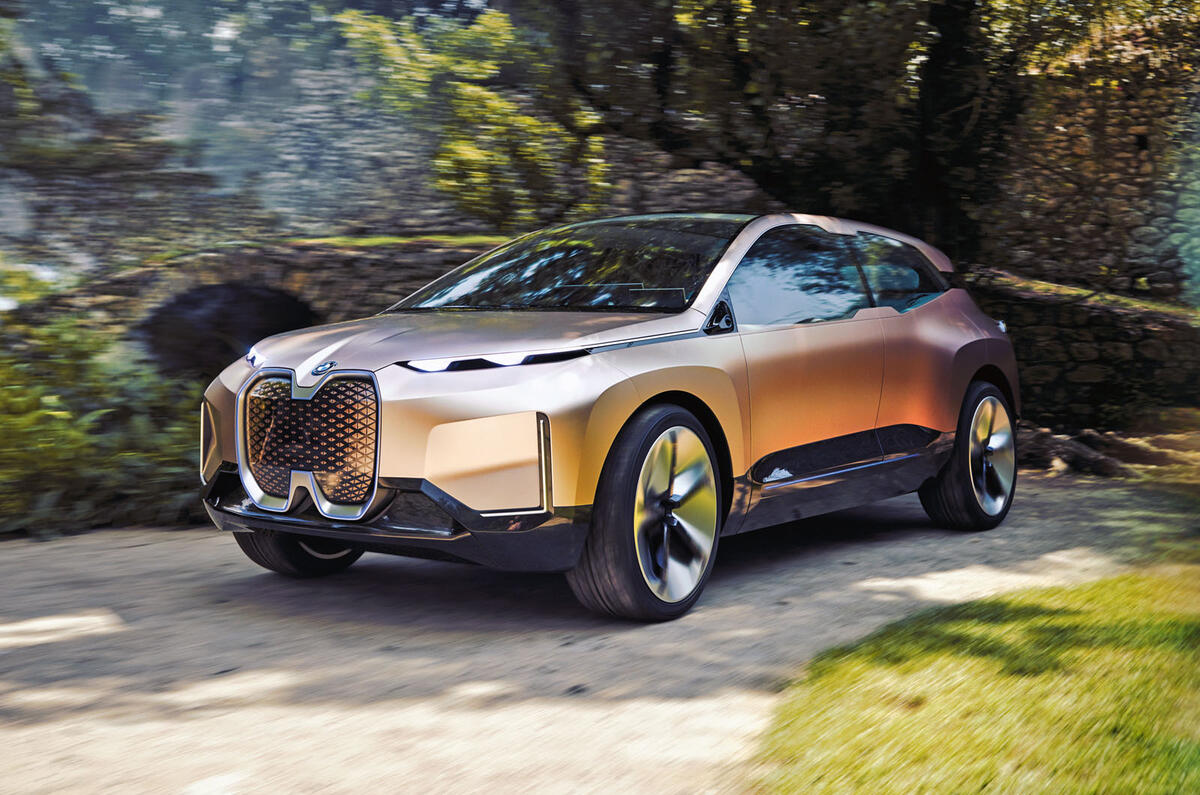
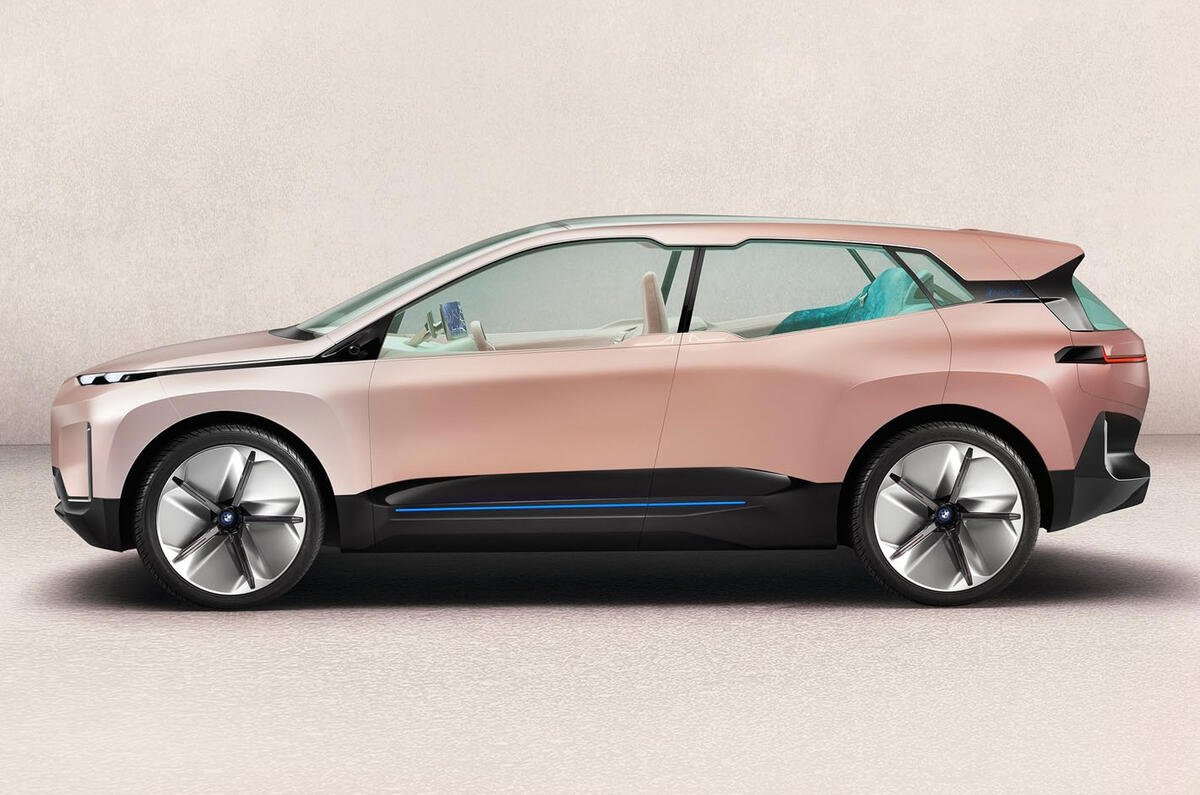
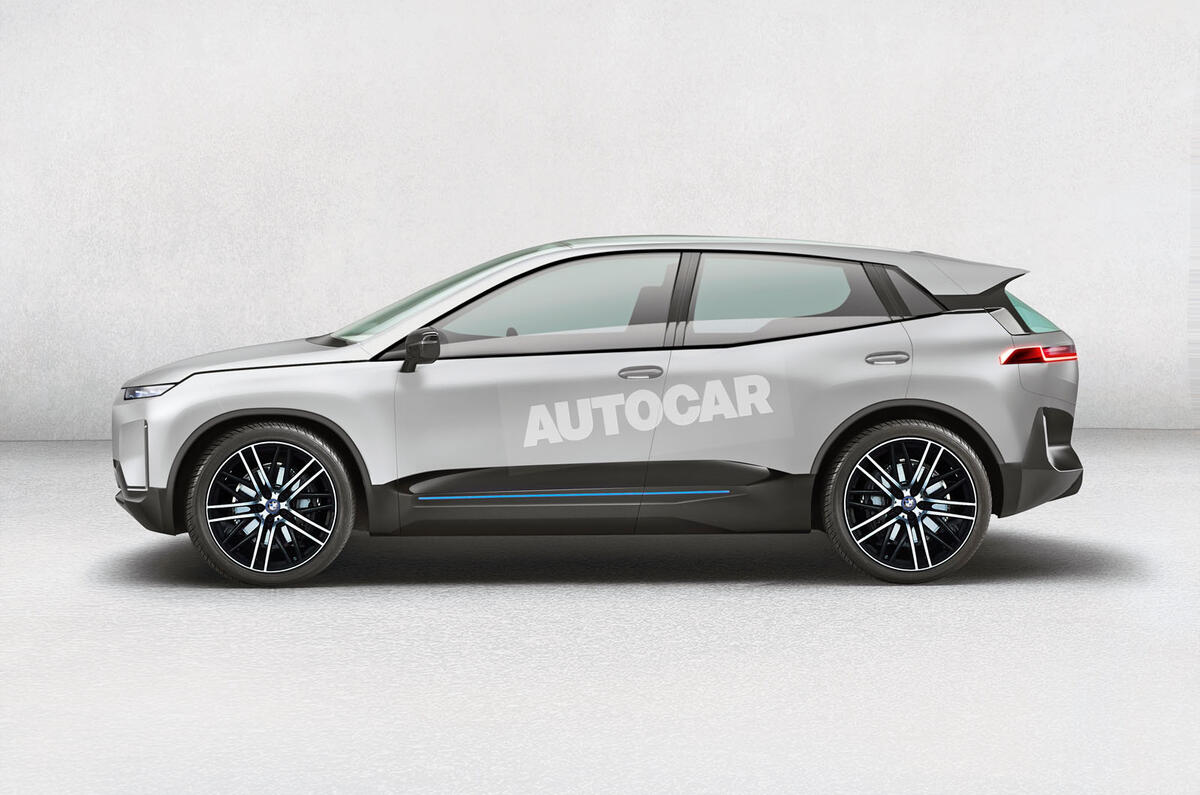
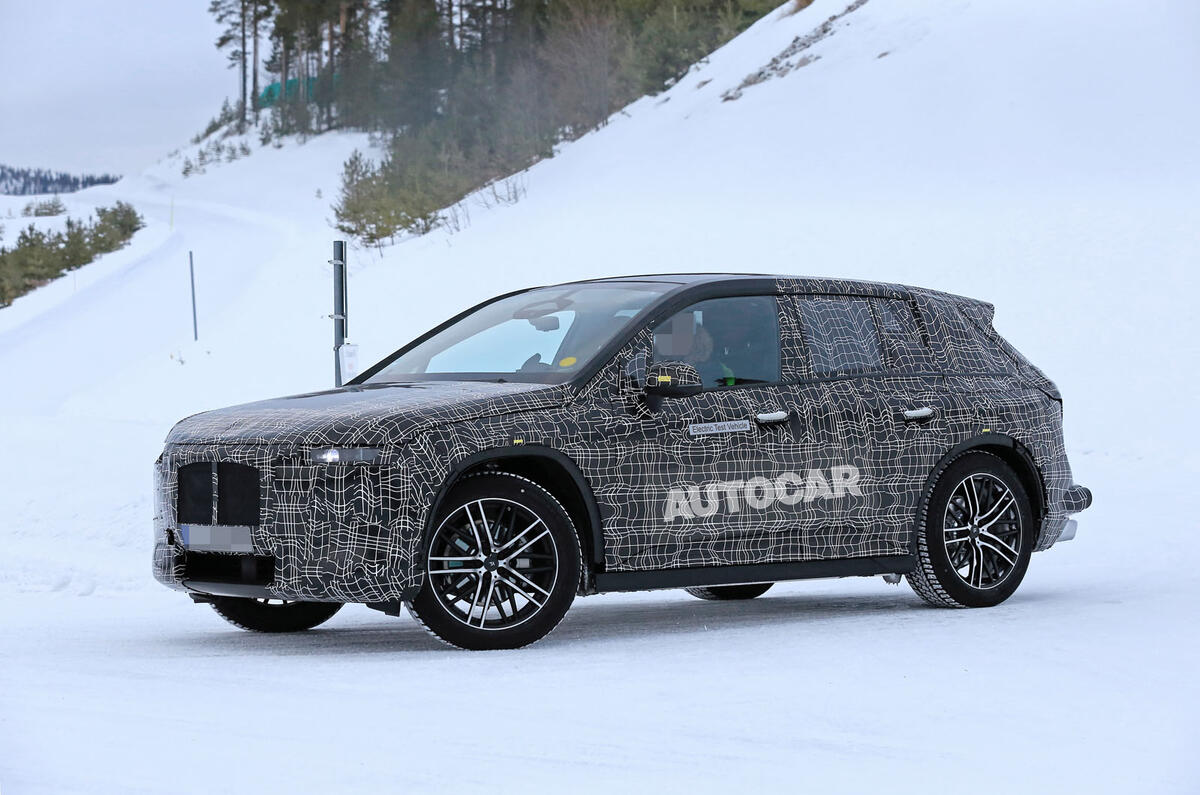
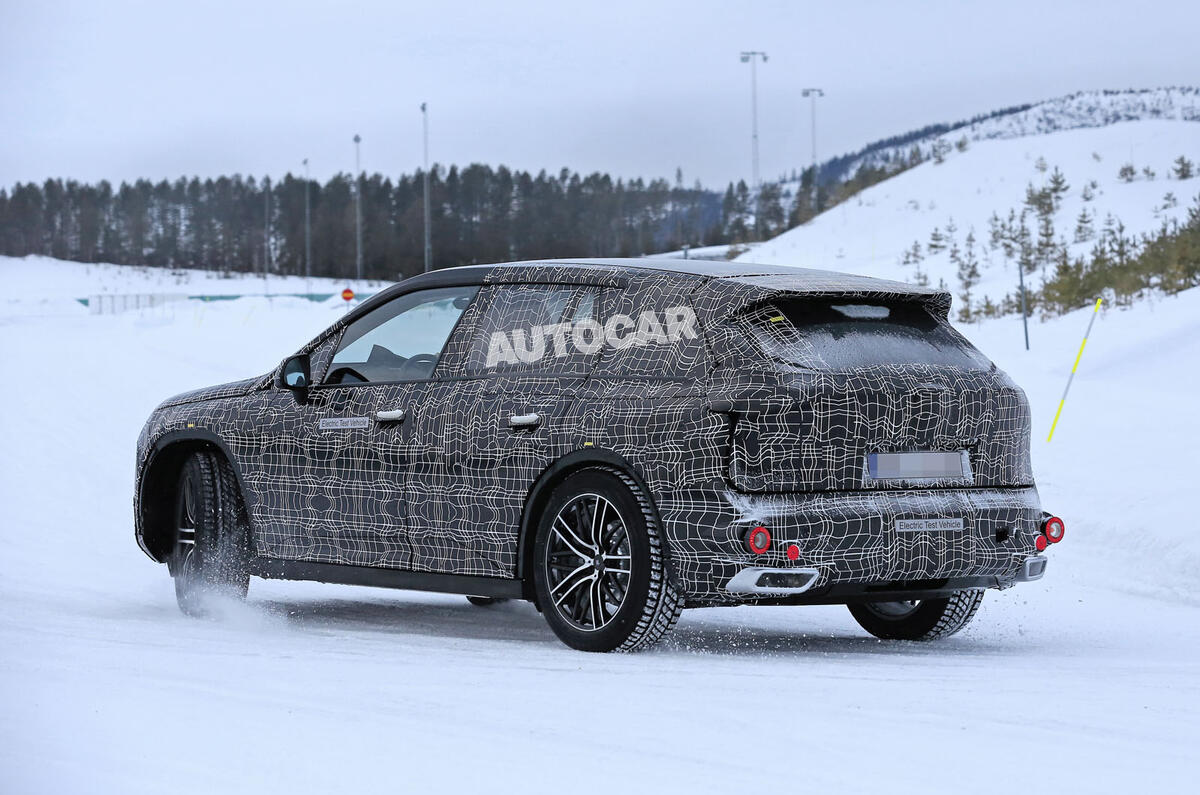
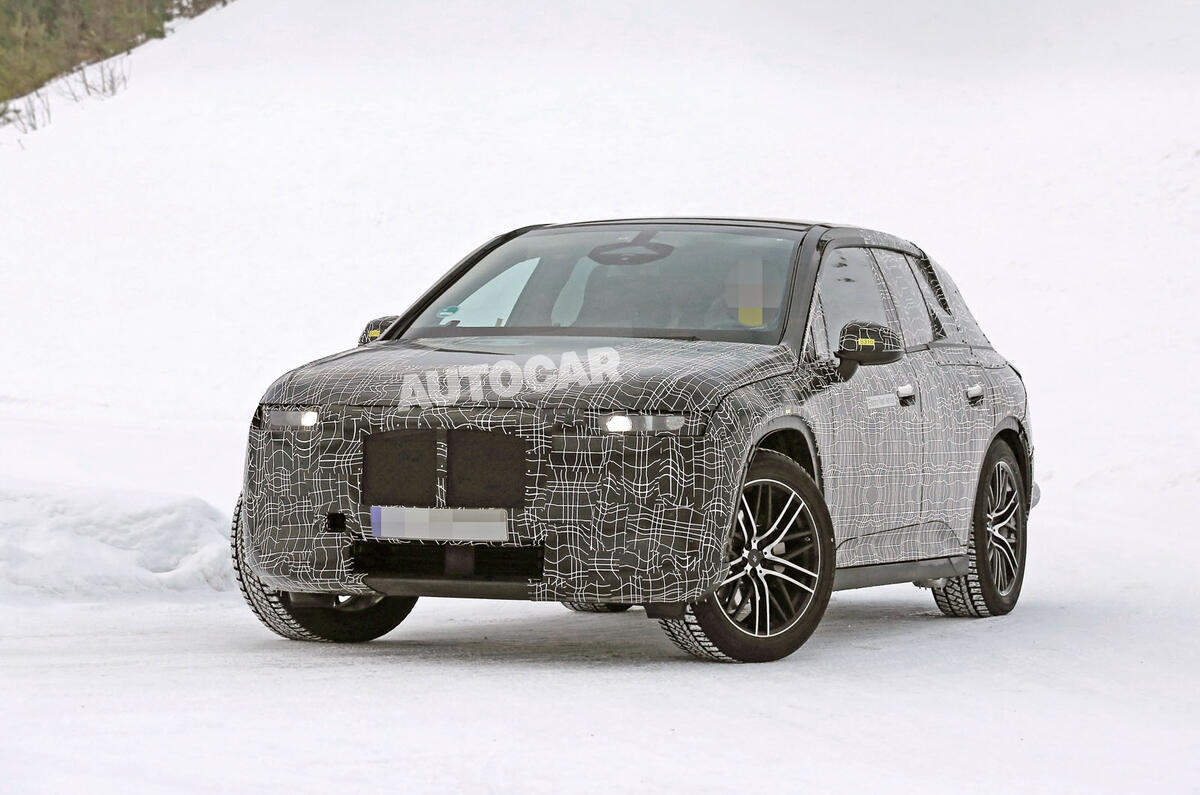
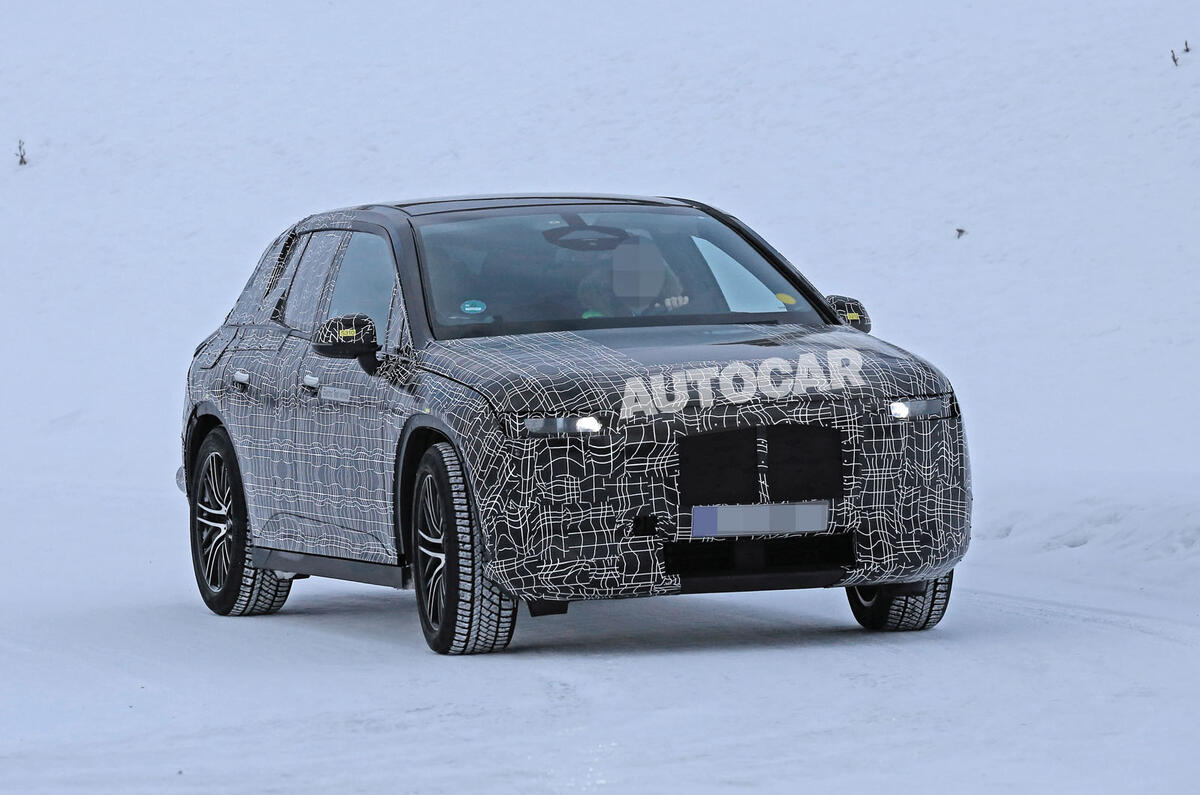
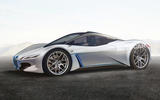
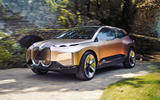
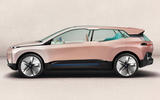
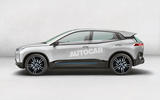

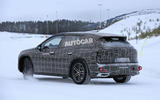
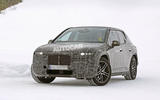
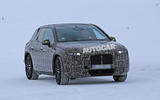

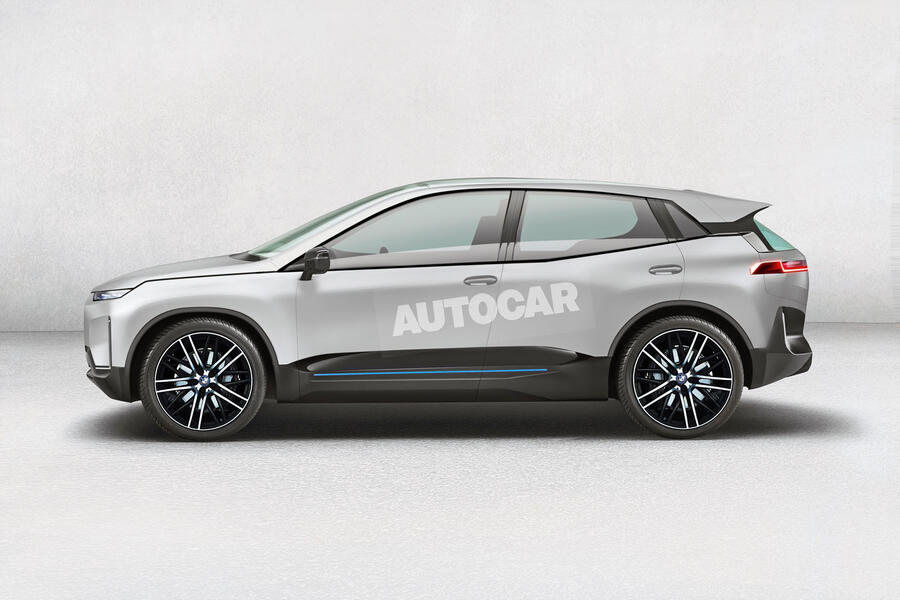
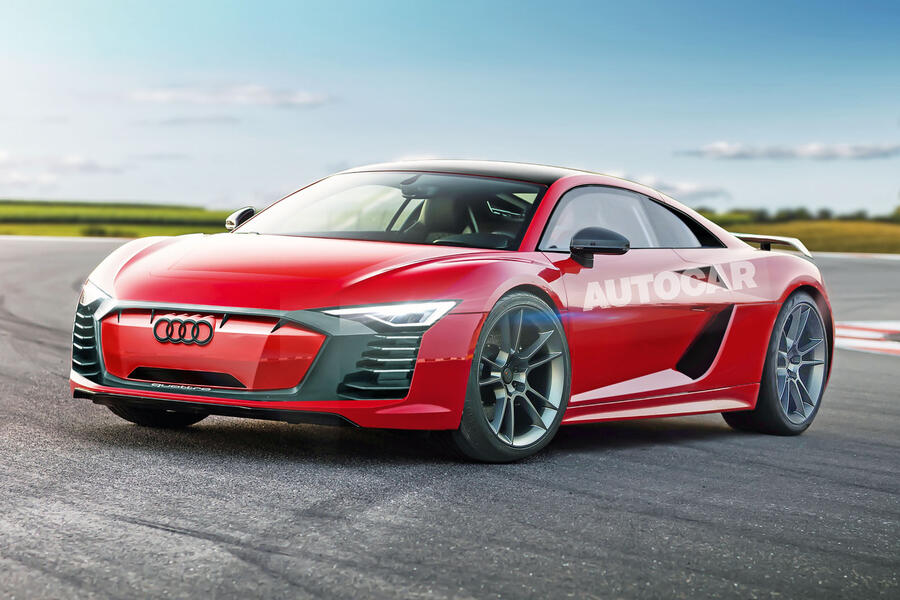
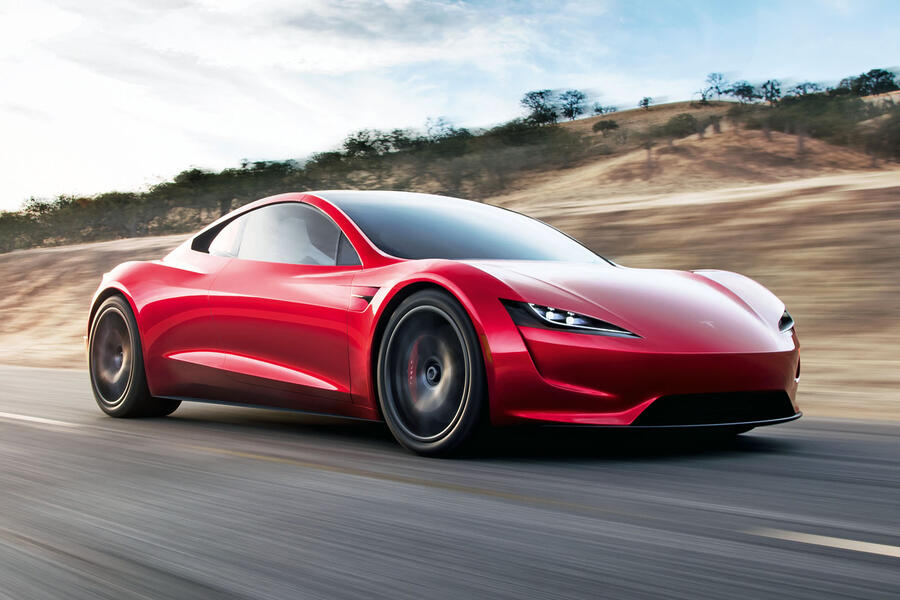
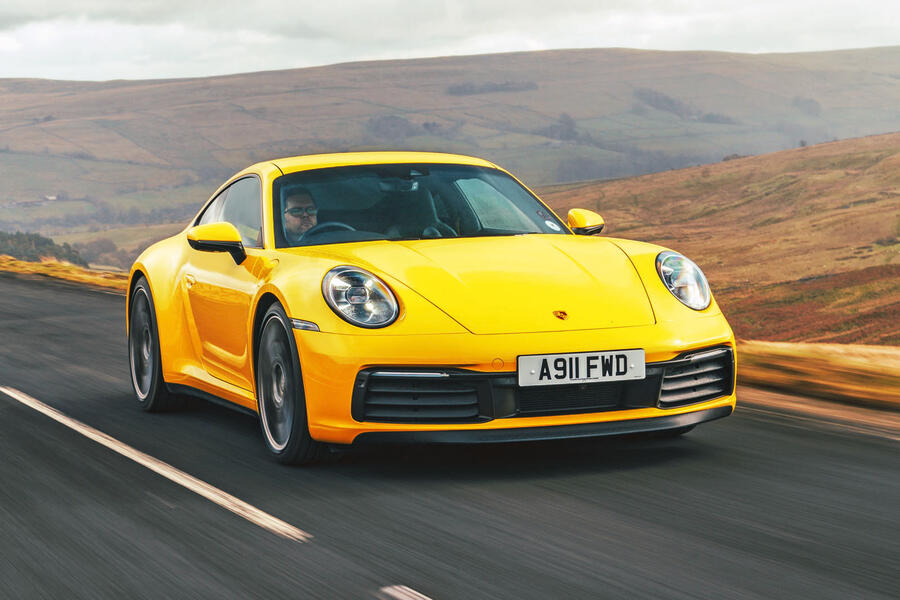

Join the debate
Add your comment
It’s different.......!
Yes, BMW have dropped some of the styling cues which gave the current I8 its individuality, but this second gen car looks good,ok, you could say it’s joining the Herd shape wise, but, having only this artist impression it looks well proportioned, it’s what is underneath that matters......
For goodness sake, Cavellini.
For goodness sake, Cavellini. Surely it can't be true that after posting thousands of bizarre comments, you still think these drawings are anything to do with BMW?
eseaton wrote:
Hehehe!
eseaton wrote:
Its like some weird kind of spam, isn't it? Non stop innane drivel, and he puts his name to it! lol
Why have two engines on supercar?
I posted a few years ago as to they don't dop the engine, gearbox, transmission, exhaust etc.. and replace it with a bigger battery and mod the chassis. Weight and price wise it wouldn't be that different and could complete against the new Taycon and other forth coming BEV's.
Anyway if it goes ahead PHEV fans won't be able to blame the dropping of the plug-in grant.